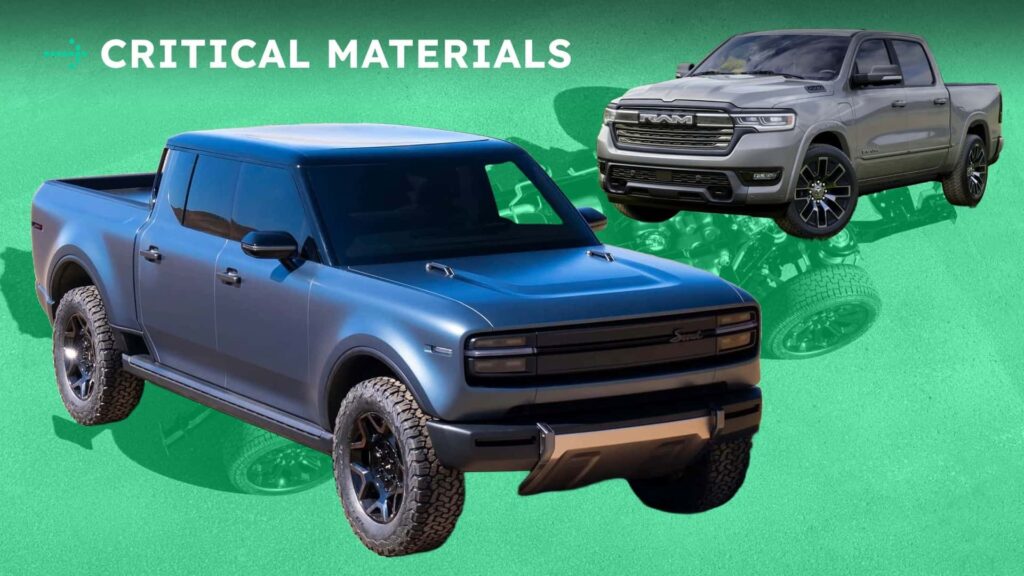The electric vehicle (EV) industry in the United States is experiencing rapid growth, but with some challenges. Traditional car buyers are hesitant to switch to EVs due to concerns about range, charging infrastructure, and cost. However, a recent study by McKinsey & Company has found that even traditional car buyers are showing interest in extended-range electric vehicles (E-REVs).
E-REVs combine an electric powertrain with a small gas-powered engine to charge the battery when needed. This hybrid approach appeals to suburban, rural, and older buyers who may be hesitant to fully commit to electric vehicles. Automakers like Stellantis and Scout Motors are planning to launch E-REVs in the U.S., offering consumers a compromise between electric and gas-powered vehicles.
The McKinsey study also highlighted that the U.S. lags behind China and Europe in EV adoption. To accelerate the shift towards EVs, E-REVs could play a crucial role in bridging the gap between traditional and electric vehicle technologies. With E-REVs offering a range of up to 500 miles, consumers may find them more practical and convenient for daily use.
In other news, the U.S. auto industry is uniting against tariffs imposed by the Trump administration. Leading trade associations and dealer groups have warned that tariffs on auto parts could disrupt supply chains, increase costs for consumers, and lead to layoffs and production shutdowns. The industry is urging the government to reconsider the tariffs to safeguard the future of the auto industry.
On a positive note, Stellantis has resumed production at its assembly plant in Windsor, Ontario, after a temporary pause to assess the impact of tariffs. The plant produces a range of vehicles, including the Chrysler Pacifica and Voyager, and the Dodge Charger Daytona EV. However, production at other Stellantis plants in the U.S. and Mexico remains uncertain due to ongoing tariff concerns.
Overall, the shift towards electric vehicles in the U.S. is gaining momentum, and E-REVs could be a key driver in accelerating this transition. By offering a combination of electric power and gas backup, E-REVs appeal to a wider range of consumers and help bridge the gap between traditional and electric vehicle technologies. As the industry continues to evolve, finding innovative solutions like E-REVs will be essential in shaping the future of transportation in the United States.

